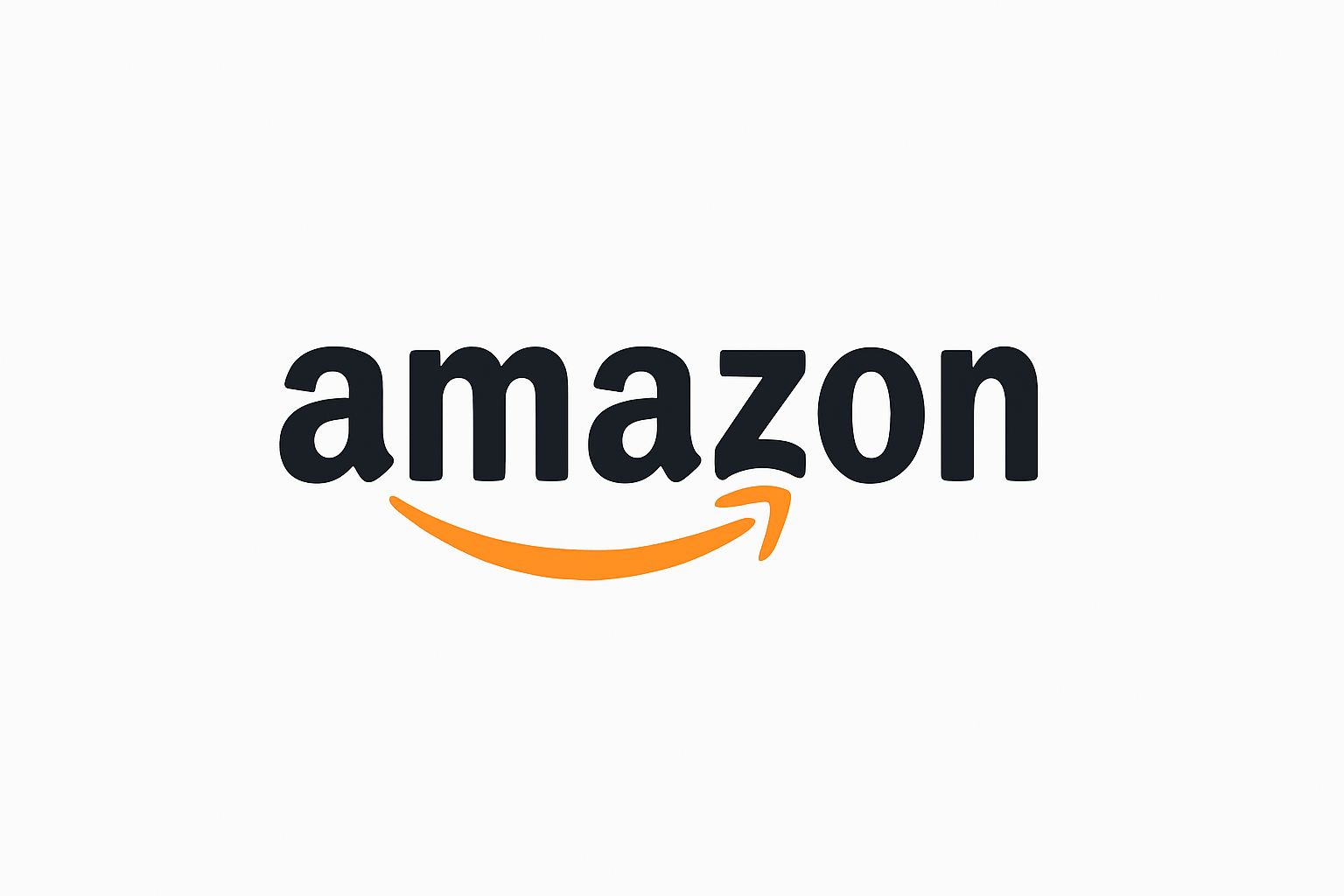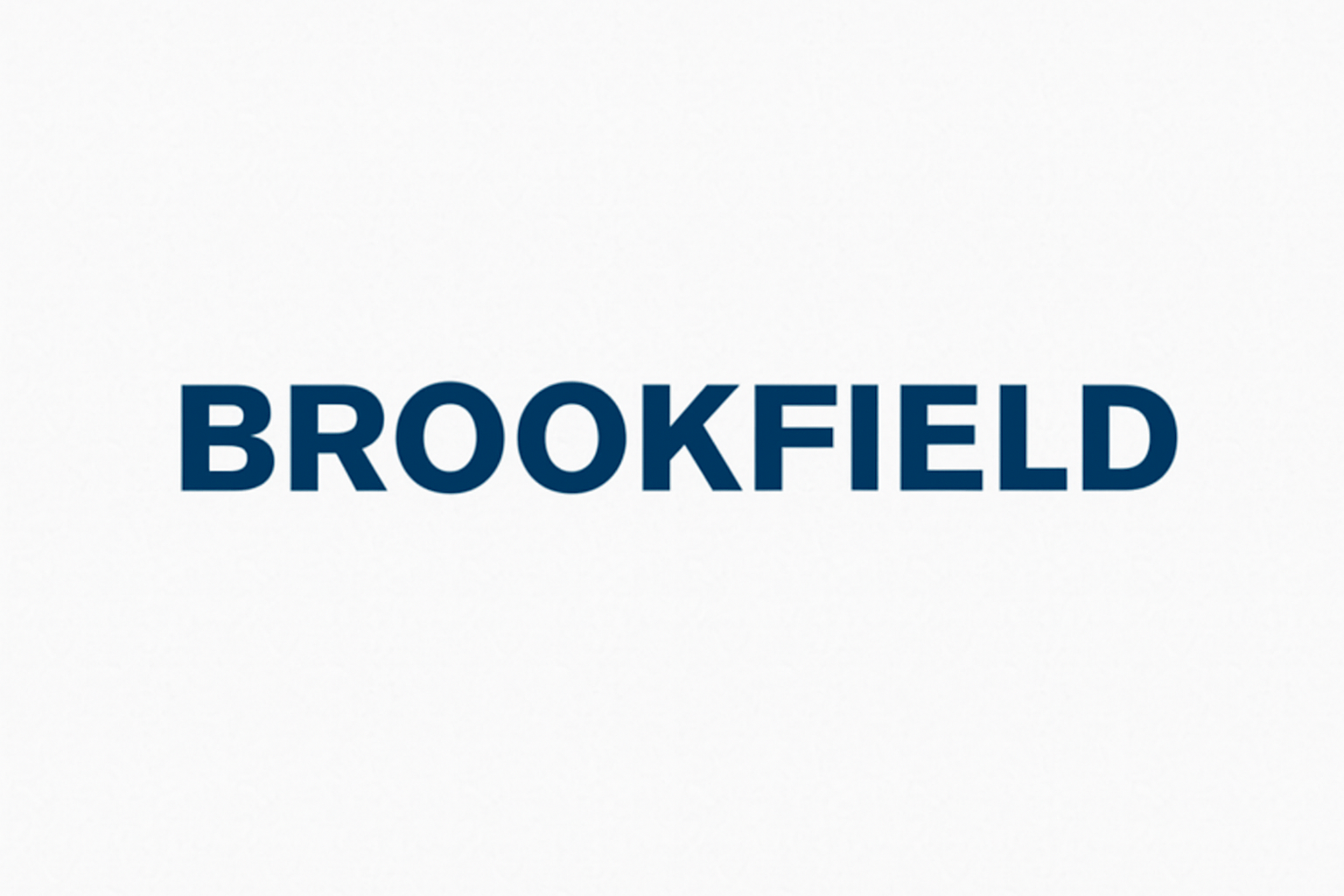Recent Posts
“Amazon Expands Quick Commerce with 10-Minute Delivery in Delhi”

Introduction
In a bold move shaking up India’s ultra-fast delivery landscape, Amazon has launched its Amazon Now 10‑minute delivery service in select areas of Delhi. After a pilot in Bengaluru launched around late June, the service is now live in western parts of the capital. With this, Amazon directly challenges local quick-commerce titans like Blinkit, Swiggy Instamart, and Zepto—and positions itself to lead the next phase of India’s rapid e‑retail evolution.
This article explores the motivations, execution, ecosystem context, and business implications of this expansion.
What Is Amazon Now?
From Same-Day to Instant
Amazon, previously known for same‑day or 1–2‑day shipping, initiated Amazon Now in December 2024 via a pilot in Bengaluru. The concept: a dark‑store network in high‑demand pockets, enabling deliveries within just 10 minutes of order placement.
The Delhi Rollout
On July 10, 2025, Amazon officially expanded Amazon Now to West Delhi. Initially available in select pincodes, the rollout will gradually extend city‑wide in the coming weeks .
Global Context: The 10‑Minute Delivery Wars
A Fast-Moving Battleground
India’s quick‑commerce sector (aka q‑commerce) has exploded. Players like Blinkit (Zomato), Swiggy Instamart, and Zepto dominate the sub‑15‑minute delivery space, offering groceries, FMCG, personal care, and even gadgets.
According to a Bain‑Flipkart report, q‑commerce accounted for:
- Over ⅔ of online grocery orders
- Nearly 10 % of total e‑retail sales in 2024.
India’s hyper‑density and widespread dark‑store network create a potent mix, allowing platforms to scale with lower costs per delivery.
Expansion Beyond Groceries
Once grocery-focused, q‑commerce now includes:
- Electronics (phones, headphones)
- Personal care and cosmetics
- Small appliances (e.g., fans, coolers) .
For instance, Swiggy offers smartphones in 10 cities, and Blinkit is looking at air-conditioners. Q‑commerce diversification is key to increasing average order value and user loyalty.
Amazon’s Strategic Play
Investing in Infrastructure
To back quick‑commerce growth, Amazon committed ₹2,000 crore (~USD 233 million) to expand its fulfilment and delivery network across India in June 2025.
This includes dark‑stores, tech enhancements, new fulfilment centers in Tier‑II/III cities, and last‑mile delivery tools.
Network Scale Plan
By end‑2025, Amazon aims to operate ~300 dark stores across Bengaluru, Delhi‑NCR, and Mumbai. In contrast, Flipkart targets a nationwide network of 800 dark stores.
Competitive Landscape
Major Players
Blinkit (Zomato): ~46 % market share; delivering 125K+ orders/day; expanding into consumer durables
Instamart (Swiggy): 22 % growth in Q1 FY25; delivery beyond staples; smartphone delivery in progress
Zepto: 29 % market share; DAUs fell from 5.5M to 4.9M between Dec 2024 and June 2025
User & Cost Trends
Customer acquisition costs surged from ₹400–450 to ₹800 per user. Firms are boosting marketing, launching cafes, and expanding hyper‑local dark‑store footprints.
Profitability Pressures
- Blinkit recorded HQ loss of ₹178 crore in Q4 FY25.
- Instamart’s losses hit ₹840 crore due to rapid expansion.
The sector grapples with scaling responsibly amid capital intensity and free/discount-driven customer acquisition .
Why Amazon Is Betting Big
Consumer Behavior Shift
Urban Indian consumers crave immediacy—groceries, snacks, meds, pet care, even gadgets in minutes. Quick commerce aligns with instant gratification trends.
Retaining Relevance
Amazon risks losing urban share to agile q‑commerce players if it sticks to 2-day delivery only. Now is strategic meet consumer expectations.
Ecosystem Synergies
With deep pockets and existing delivery infrastructure, Amazon can extend its logistic muscles. Dunkin, BigBasket partnerships, and integration with ONDC open new avenues.
How Amazon Now Works (Delhi Edition)
Availability
Initially limited to West Delhi pincodes, expansion across Delhi‑NCR is slated in the forthcoming months.
Offering
A curated catalog: daily groceries, fruits & vegetables, personal care, snacks, beverages, fresh meat, pet food—and select gadgets.
Pricing & Fees
Free delivery on orders above ₹199. Marketplace fee initially waived (codenamed Tez), now set at a flat ₹5 fee. No dynamic surge pricing has been announced.
User Experience
Accessible via dedicated “Now” tab in Amazon’s app. Prime members appear to be a primary target audience, potentially benefiting from tighter SLAs or discounts.
Impacts & Implications For Consumers
- Ultra‑fast convenience: Perfect for last‑minute needs, meal prep, small household emergencies.
- Broader inventory: Access to gadgets and appliances unavailable via traditional quick platforms.
- Price transparency: Marketplace fee versus free delivery provides billing clarity.
- For Competitors
- Increased promotion wars: Expect aggressive pricing, bundled incentives, and loyalty schemes.
- Market share tussle: Incumbents must defend their positions; newer players may struggle.
- Margin scrutiny: Sustained losses under pressure unless usage scales and AOV improves. For the Sector
- Infrastructure boom: More dark stores, delivery staff, local logistics jobs.
- Unit economics stress: Customer acquisition and last-mile costs stay high; need for optimization and scale.
- Catalytic effect: Amazon’s entry may validate the q-commerce model, attracting more investment and business models.
What Lies Ahead
- Coverage expansion: Quick scaling across Delhi, Mumbai, Pune, Hyderabad expected post-Delhi rollout.
- Category outrun: Entry into electronics and lifestyle products could expand Amazon’s marketplace differentiation.
- Profitability pivot: Focus will shift to optimizing delivery costs and increasing basket size for sustainable margins.
- Regulatory crossroads: Government scrutiny may rise over pricing transparency, hyperlocal logistic zones, and labor rights in gig/warehouse segments.
Conclusion
Amazon’s launch of 10‑minute delivery under Amazon Now in Delhi marks a pivotal move in India’s q‑commerce arena. Reinforced by substantial investment, infrastructure build-out, and leveraging of its global logistics capabilities, Amazon fortifies its competitive stance. This bold step challenges dominant players and reshapes expectations around speed, selection, and convenience for Indian consumers.
How effectively Amazon can balance cost, coverage, and consumer loyalty in this fast-moving battleground will determine whether Amazon Now becomes a defining success story or an overreaching experiment.
Recent Posts
Categories
- Actor4
- Actress7
- Bank4
- Biography2
- Bollywood4
- Business10
- Company9
- cricket4
- Economy23
- Education6
- Entertainment47
- External Affairs Defence Security1
- Finance1
- Football1
- Health1
- Hollywood2
- Home1
- India70
- india9
- Industry6
- Latest News53
- lifestyle1
- maharashtra1
- market4
- Politicians13
- Politics29
- Press Release282
- Social8
- Sports28
- Stock Marekt18
- Technology24
- Tollywood2
- World40
- world17
Related Articles
Costly middle layer faces the axe amid India’s IT sector layoff drill
India’s IT services industry — long viewed as a reliable engine of...
ByNewsium DeskAugust 11, 2025China’s Ant Group Plans Paytm Exit with ₹3,800 Cr Sale
On August 4, 2025, major financial news outlets—including Reuters and CNBC‑TV18—reported that...
ByNewsium DeskAugust 4, 2025JSW, JFE announce ₹5,845 Cr investment to scale steel production
In a landmark move announced on August 4, 2025, JSW Steel and...
ByNewsium DeskAugust 4, 2025“Brookfield India REIT Q1 Income Rises 13% to ₹499 Cr”
Brookfield India REIT Q1 Income Rises 13% to ₹499 Cr: A Detailed...
ByNewsium DeskAugust 2, 2025













Leave a comment